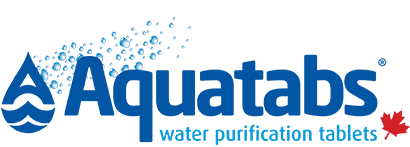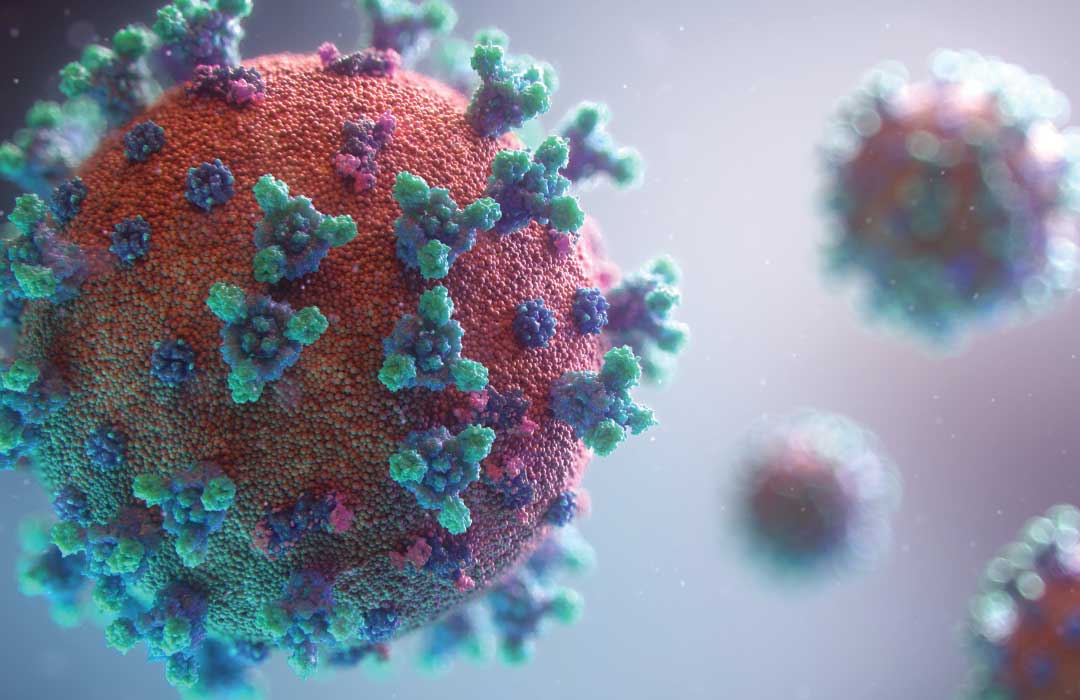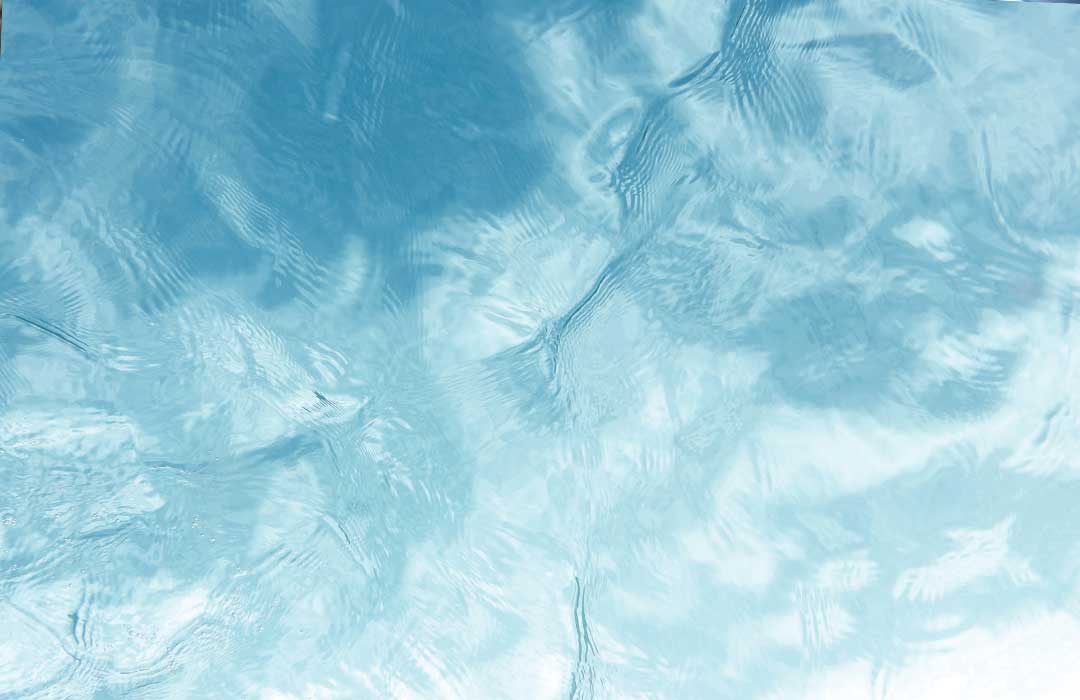Can Aquatabs Be Used To Wash Fruit & Vegetables? Yes!

Can Aquatabs Water Purification Tablets Be Used To Wash And/Or Disinfect Fruit, Vegetables, And Other Produce? Yes!
I often receive questions asking if Aquatabs can be used to wash and/or disinfect fruits, vegetables and produce such as salad mix, lettuce, celery, apples, strawberries, grapes, etc. The simple answer is yes but it’s important to realize the difference between making water safe before using to physically wash fruits and vegetables and making a high strength chlorine solution to disinfect fruits and vegetables. The first process ensures that the water used for the normal hand washing of produce is safe and will in fact not contaminate the items you are trying to clean, whereas the second process involves making a chlorine solution suitable for use in killing microbiological contaminants that may be present on the surface of the produce. I like to explain it as the difference between washing your kitchen cutting board with soap and water and then disinfecting your cutting board with chlorine bleach.
How To Use Aquatabs To Purify Water Before Using To Wash Fruits and Vegetables
- During A Boil Water Advisory Where The Tap Water Has Been Contaminated
- While Camping, Canoeing, Backpacking Or Hiking Where The Water Is Being Drawn From A Lake, River Or Stream And Must Be Considered Suspect. Click Here To Read Our Our Previous Blog Post Discussing The Prevalence Of Viruses In Our Recreational Waterways
- During Or After A Natural Disaster Such As An Earthquake, Hurricane Or Typhoon Where Municipal Infrastructure Has Been Damaged, Taps Are Dry And You Must Source Water From Nearby Lakes, Rivers And Streams In Order To Survive
- While Travelling Internationally In An Area Where The Tap Water Or Even The Bottled Water May Be Suspect.
How To Create A Chlorine Solution To Disinfect Fruits and Vegetables Using Aquatabs
167 mg Aquatabs*
| Free Chlorine Solution Desired (strength) | Free Chlorine Solution Desired (volume) | Potable Water Required | 167 mg Aquatabs Required |
| 50 mg/L (ppm) | 1 L (0.26 US GAL) | 1 L (0.26 US GAL) | 0.5 |
| 5 L (1.3 US GAL) | 5 L (1.3 US GAL) | 3 | |
| 10 L (2.6 US GAL) | 10 L (2.6 US GAL) | 6 | |
| 100 mg/L (ppm) | 1 L (0.26 US GAL) | 1 L (0.26 US GAL) | 1 |
| 5 L (1.3 US GAL) | 5 L (1.3 US GAL) | 5 | |
| 10 L (2.6 US GAL) | 10 L (2.6 US GAL) | 10 | |
| 200 mg/L (ppm) | 1 L (0.26 US GAL | 1 L (0.26 US GAL) | 2 |
| 5 L (1.3 US GAL) | 5 L (1.3 US GAL) | 10 | |
| 10 L (2.6 US GAL) | 10 L (2.6 US GAL) | 20 |
*167 mg tablet not available in the US at this time.
49 mg Aquatabs
|
Free Chlorine Solution Desired (strength) |
Free Chlorine Solution Desired (volume) |
Potable Water Required |
49 mg Aquatabs Required |
|
50 mg/L (ppm) |
1 L (0.26 US GAL) |
1 L (0.26 US GAL) |
10 |
|
5 L (1.3 US GAL) |
5 L (1.3 US GAL) |
50 | |
|
10 L (2.6 US GAL) |
10 L (2.6 US GAL) |
100 | |
|
100 mg/L (ppm) |
1 L (0.26 US GAL) |
1 L (0.26 US GAL) |
20 |
|
5 L (1.3 US GAL) |
5 L (1.3 US GAL) |
100 | |
|
10 L (2.6 US GAL) |
10 L (2.6 US GAL) |
200 | |
|
200 mg/L (ppm) |
1 L (0.26 US GAL) |
1 L (0.26 US GAL) |
40 |
|
5 L (1.3 US GAL) |
5 L (1.3 US GAL) |
200 | |
|
10 L (2.6 US GAL) |
10 L (2.6 US GAL) |
400 |
8,680 mg Aquatabs*
|
Free Chlorine Solution Desired (strength) |
Free Chlorine Solution Desired (volume) |
Potable Water Required |
8,680 mg Aquatabs Required |
|
132 mg/L (ppm) |
18.9 L (5 US GAL) |
18.9 L (5 US GAL) |
0.5 |
|
265 mg/L (ppm) |
20 L (5.3 US GAL) |
5 L (1.3 US GAL) |
1 |
*8,680 mg tablet not available in the US at this time.
- Remove as much dirt, dead or damaged leaves/stems and foreign matter from the vegetables and fruit as possible (brush or wash with potable water and/or a small amount of environmentally friendly detergent where appropriate).
- Prepare a suitable volume of chlorine solution in a clean sink, basin, bucket, etc. by adding the appropriate quantity of Aquatabs to the recommended volume of water as indicated in the chart above. Where possible, try to ensure that the temperature of the rinse water is greater than that of the fresh produce (ideally 10°C higher).
- Add the vegetables or fruit to the chlorine solution and agitate for a minimum of 30 seconds. Ensure that trapped air in vegetables such as broccoli and cauliflower is removed. Soak for 5-15 minutes.
- Remove the produce from the chlorine solution and rinse well with potable or purified water. Shake off as much excess water as possible from the produce. If possible, spin dry or pat dry. Place in sealable plastic bags or an equivalent air – tight container and store under refrigerated conditions a (4 to 8°C) for as short a period as possible.
- Immediately before use, remove the fresh produce from storage and rinse with potable water.
Aquatabs and Chlorine More Information
- Aquatabs Eliminates The Danger Involved With The Handling And Splashing Of Highly Concentrated, Liquid Household Bleach Which Contains 52,500 – 61,500 Ppm Available Chlorine (5.25% -6.15% Sodium Hypochlorite Respectively). Aquatabs Are Not Prone To Dangerous Leaking Like Liquid Products.
- Aquatabs In Tablet Format Are Much Safer And Easier To Use, Handle And Store As Compared With Liquid Products Such As Household Bleach.
- Using Aquatabs Is Easy’Â Simply Place The Required Number Of Tablets Into The Appropriate Volume Of Water And An Accurate Dose Is Achieved. This Eliminates The Practice Of Measuring Out And Diluting Concentrated Liquid Disinfectant And The Dangers Associated With Splashing, Spilling And The Staining Of Clothes
- Aquatabs Are Extremely Stable And Have A 5 Year Shelf Life.
- Aquatabs Are Very Compact And Easy To Store As Compared With Bulky Liquid Products.
- Aquatabs Are Certified To NSF/ANSI Standard 60 And EPA Approved.
- The Biocidal Capacity Of Chlorine Solutions Prepared From NaDCC, The Active Ingredient In Aquatabs, Is Far Superior To Other Chlorine Disinfectants Including Sodium Hypochlorite (Household Bleach) For Two Reasons. 1) NaDCC Produces A Predominantly Undissociated Acidic Hypochlorous Solution Which Is Significantly More Biocidal Than Other Hypochlorites Including Sodium Hypochlorite (Household Bleach). 2) With NaDCC, Only 50% Of The Total Available Chlorine Is Free, The Remainder Is Combined; As Free Available Chlorine Is Used Up, More Is Released To Restore The Equilibrium. This Equilibrium Gives Improved Efficiency And Safety In Use When Compared To Other Chlorine Agents Such As Household Bleach.
For more information about creating chlorine disinfection solutions using Aquatabs and to inquire about larger tablet sizes please contact Global Hydration Water Treatment Systems Inc. Water purification tablets wash fruit vegetables.


